Pregnancycategory X ATC code none Excretion renal Molar mass 267.326 g/mol | Metabolism Formula C16H17N3O | |
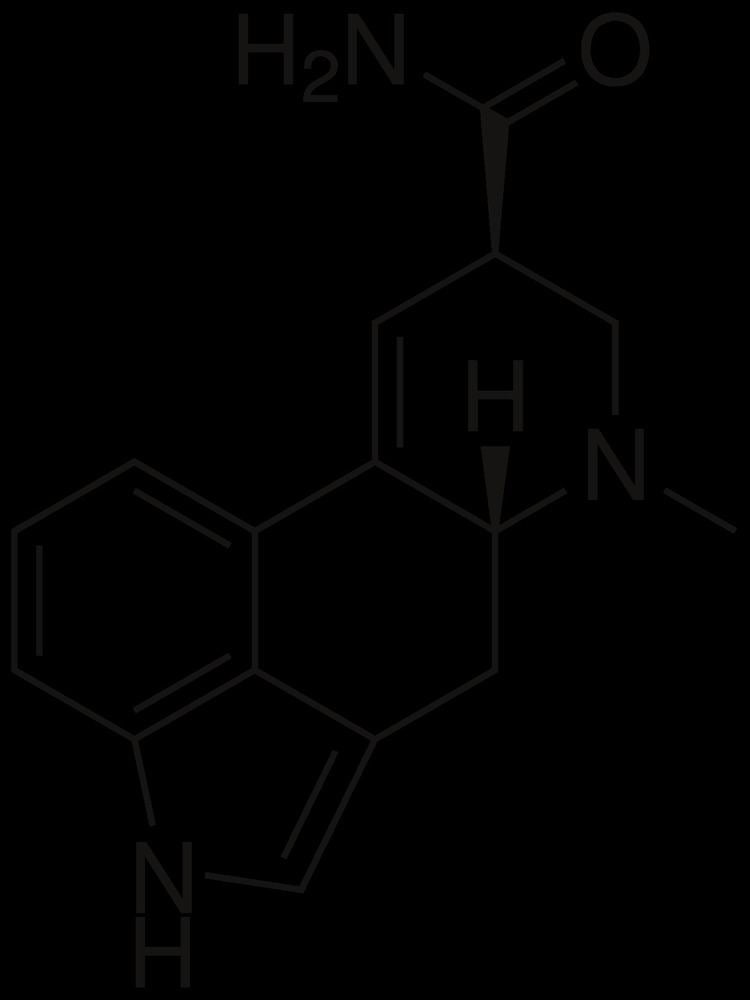 | ||
Legal status UK: Class AUS: Schedule III | ||
Kars akyaka kayak pr k y yerli ergine ters garavet oyunu ayaklar n za sa l k
Ergine, also known as d-lysergic acid amide (LSA) and d-lysergamide, is an alkaloid of the ergoline family that occurs in various species of vines of the Convolvulaceae and some species of fungi. As the dominant alkaloid in the psychedelic seeds of Turbina corymbosa (ololiuhqui), Argyreia nervosa (Hawaiian baby woodrose) and Ipomoea tricolor (morning glories, tlitliltzin), it is often stated that ergine and/or isoergine (its epimer) is responsible for the psychedelic activity. However, this theory is debatable, as anecdotal reports suggest that the effects of synthetic LSA and iso-LSA are only slightly psychedelic, see Mixing the Kykeon below for a summary of human trials, and Chapter 17 and entry #26 of TiHKAL for further discussion.
Contents
- Kars akyaka kayak pr k y yerli ergine ters garavet oyunu ayaklar n za sa l k
- Ergine lsa
- History
- Legal status
- Occurrence in Nature
- Known fatalities
- References
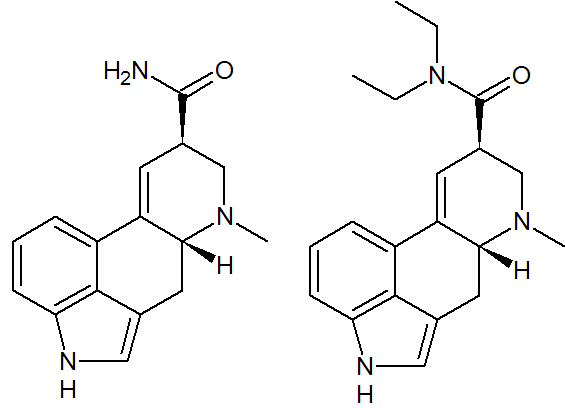
Ergine lsa
History
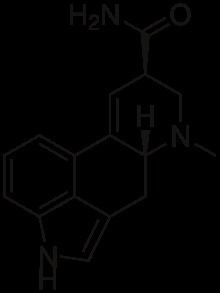
A traditional use of morning glory seeds by Mexican Native Americans was first described by Richard Schultes in 1941 in a short report documenting their use going back to Aztec times (cited in TiHKAL by Alexander Shulgin). Further research was published in 1960, when Don Thomes MacDougall reported that the seeds of Ipomoea tricolor were used as sacraments by certain Zapotecs, sometimes in conjunction with the seeds of Rivea corymbosa, another species which has a similar chemical composition, with lysergol instead of ergometrine. Ergine was assayed for human activity by Albert Hofmann in self-trials in 1947, well before it was known to be a natural compound. Intramuscular administration of a 500 microgram dose led to a tired, dreamy state, with an inability to maintain clear thoughts. After a short period of sleep the effects were gone, and normal baseline was recovered within five hours.
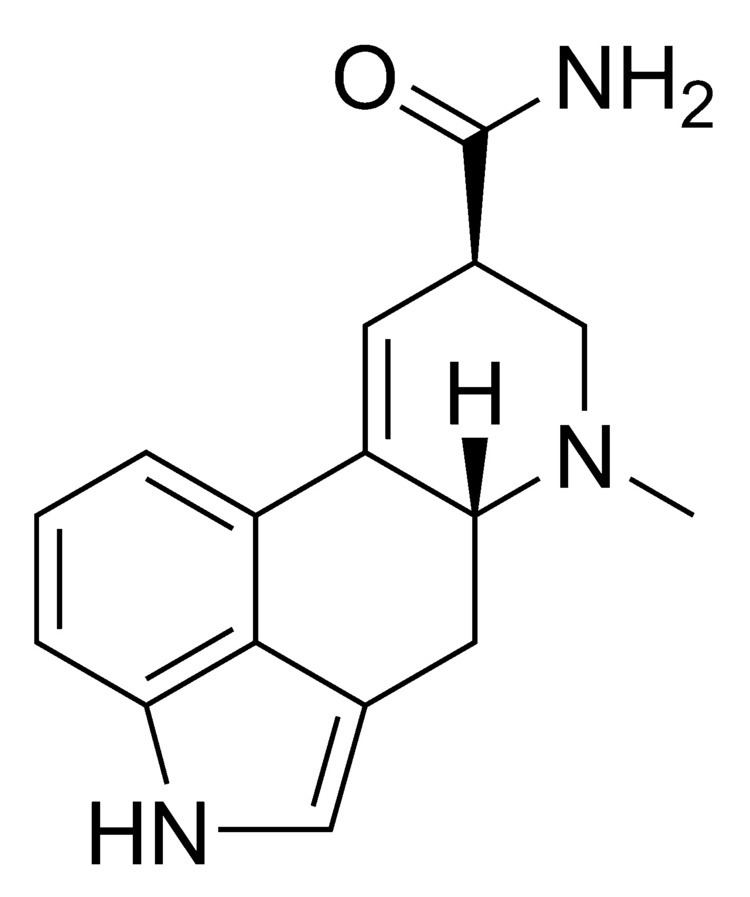
In 1956, the Central Intelligence Agency conducted research on the psychedelic properties of the ergine in the seeds of Rivea corymbosa, as Subproject 22 of MKULTRA.
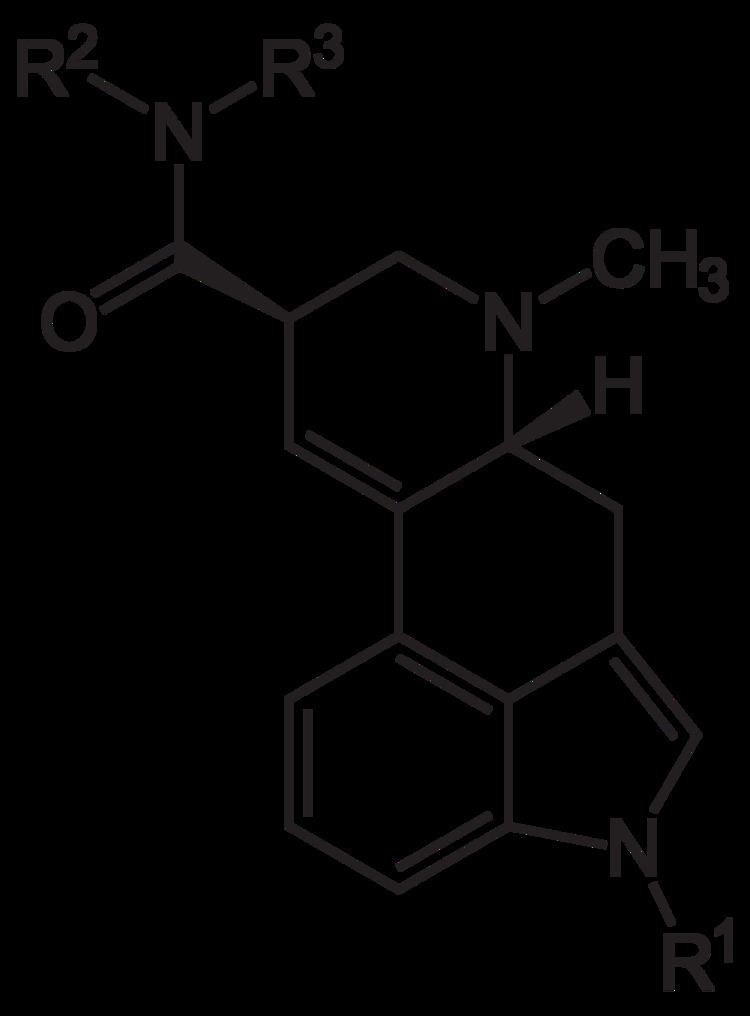
Shamanic stories say Ipomoea purpurea seeds, when swallowed or chewed, may incite a mild trip where synesthesia occurs and eye imagery is enhanced.
Legal status

There are no laws against possession of ergine-containing seeds in the USA. However, possession of the pure compound without a prescription or DEA license would be prosecuted, as ergine is listed under Schedule III of the Controlled Substances Act.
Occurrence in Nature

Ergine has been found in high concentrations of 20 µg/g dry weight in the grass Stipa robusta (sleepygrass) infected with an Acremonium endophytic fungus together with other ergot alkaloids.
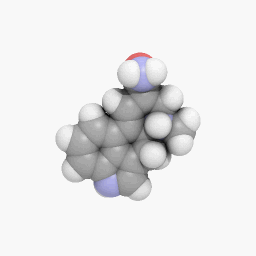
Ergine is a component of the alkaloids contained in the Claviceps purpurea (Ergot) fungus which grows on the heads of infected rye grasses.

It is also found in the seeds of several varieties of morning glories in concentrations of approximately 10 µg per seed, as well as Hawaiian baby woodrose seeds, at a concentration of around 0.13% of dry weight.
Known fatalities
There are no known deaths associated directly with pharmacological causes of ergine, but rather due to self-harm, impaired judgement, and drug interactions. One known case involves suicide after ingestion of morning glory seeds. Another instance is a death due to falling off of a building after ingestion of Hawaiian baby woodrose seeds and alcohol.
